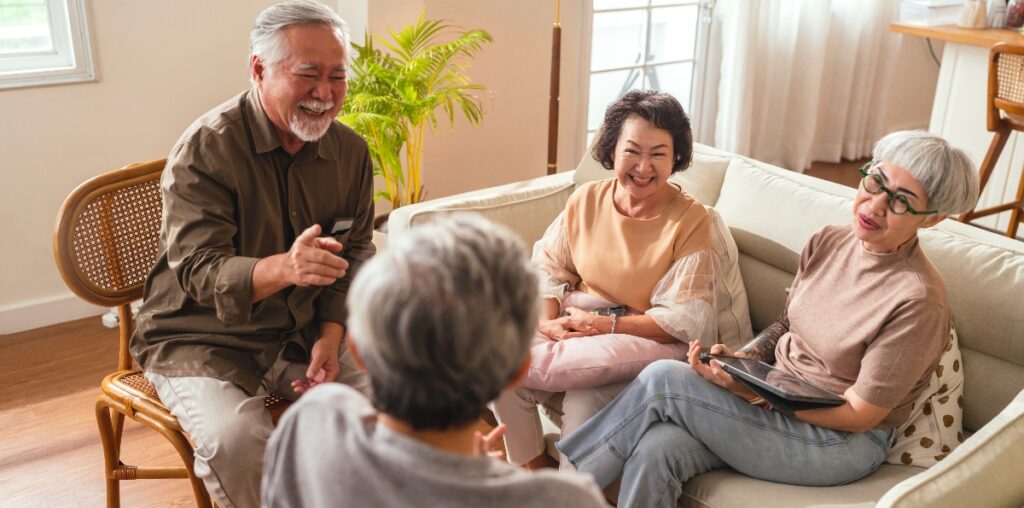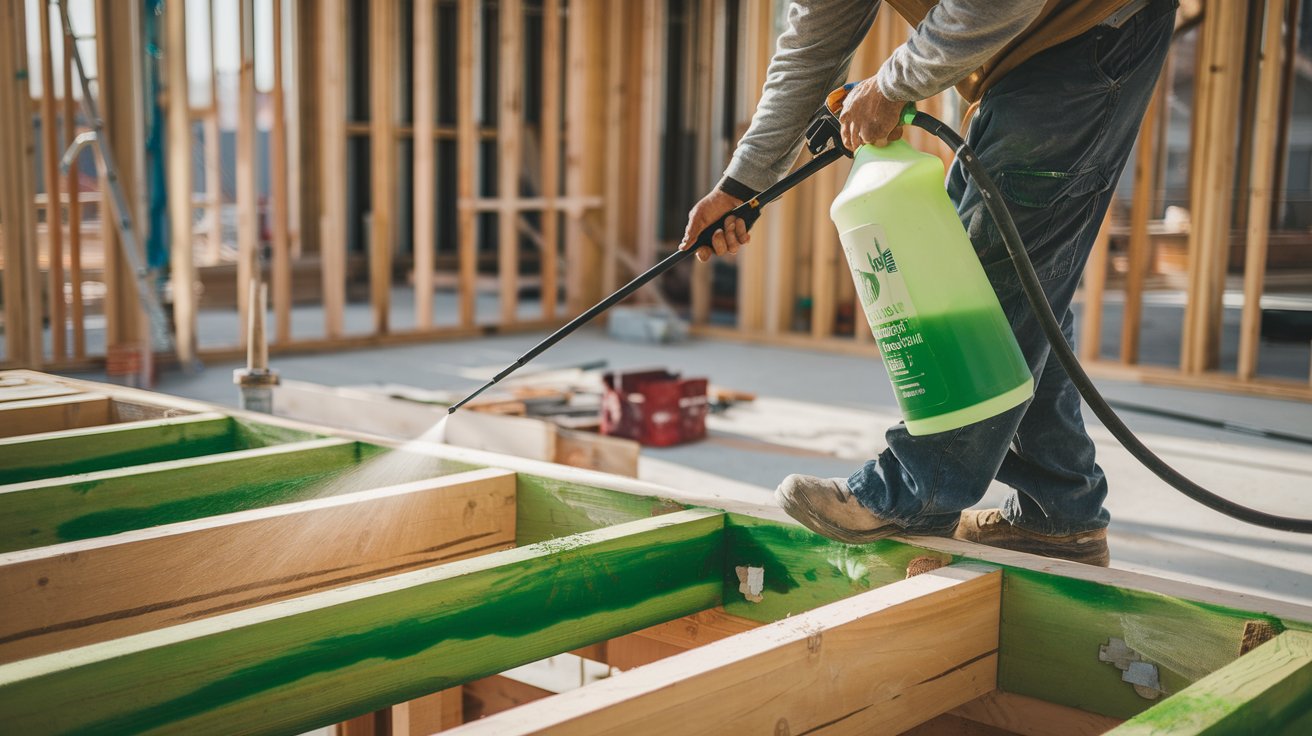As people age, maintaining social connections becomes increasingly important. Studies have shown that seniors with strong social networks tend to experience better mental and physical health than those who are socially isolated. Loneliness can lead to increased risks of depression, anxiety, and cognitive decline. Social engagement, on the other hand, has been linked to improved emotional resilience, reduced stress, and even a longer lifespan.
In addition to emotional benefits, staying socially active can help seniors maintain cognitive function. Engaging in conversations, playing games, or participating in group activities stimulates the brain, reducing the risk of memory loss. Seniors who regularly interact with family, friends, or community members are more likely to stay mentally sharp and enjoy a higher quality of life.
How Social Isolation Affects Senior Health
Social isolation can have profound negative effects on senior health. It increases the risk of chronic illnesses such as heart disease, high blood pressure, and weakened immune function. Seniors who lack social connections often experience higher levels of stress, leading to sleep disturbances and an overall decline in well-being. The feeling of loneliness can be as detrimental as smoking or obesity, according to various health studies.
Moreover, isolated seniors are less likely to engage in physical activity, which is crucial for maintaining mobility and independence. Without social encouragement, they may withdraw from daily routines, making them more vulnerable to depression and anxiety. This lack of engagement can also contribute to faster cognitive decline, making conditions like dementia more prevalent among socially isolated individuals.
Ways Seniors Can Strengthen Social Bonds
Building and maintaining social connections requires effort, but it is achievable at any age. Here are some effective ways seniors can foster relationships and combat loneliness:
- Joining community groups: Participating in local clubs, religious organizations, or hobby groups allows seniors to meet like-minded individuals and develop new friendships.
- Volunteering: Giving back to the community provides a sense of purpose and offers opportunities for meaningful interactions.
- Technology and Social Media: Using smartphones or computers to connect with family and friends can bridge the gap caused by physical distance.
- Attending Senior Centers: These centers offer various activities, including exercise classes, arts and crafts, and social gatherings, all designed to enhance social engagement.
- Engaging in Physical Activities: Group exercises such as yoga, walking clubs, or dancing classes provide both social and health benefits.
By incorporating these strategies into their lives, seniors can maintain fulfilling relationships and reduce feelings of loneliness. Encouraging consistent interactions can significantly improve their emotional and physical well-being.
Family and Caregivers’ Role
Family members and caregivers play a crucial role in helping seniors maintain social connections. Their encouragement and support can make a significant difference in an elderly individual’s social life. Regular visits, phone calls, and outings with loved ones provide emotional reassurance and reduce feelings of isolation.
Caregivers can also facilitate participation in social activities by arranging transportation or helping seniors connect with local groups. Encouraging seniors to take up hobbies, join senior organizations, or engage in community events can make their daily lives more fulfilling.
Additionally, access to reliable healthcare services ensures that seniors remain physically and mentally capable of engaging in social activities. For those in need of medical support, universal healthcare services in Santa Ana provide essential care that enables seniors to lead active and socially enriched lives. Having a strong healthcare system in place ensures that seniors receive the necessary medical attention, allowing them to focus on building and maintaining relationships without health concerns limiting their participation.
Creating a Supportive Social Environment
A supportive social environment is key to fostering strong social connections for seniors. Communities, families, and policymakers must work together to create spaces where elderly individuals feel valued and included. Simple initiatives such as neighborhood gatherings, accessible public transportation, and senior-friendly recreational areas can encourage participation and interaction.
Encourage intergenerational relationships is another effective way to strengthen social ties. Programs that connect seniors with younger generations through mentorship, storytelling, or educational initiatives promote mutual learning and companionship. These relationships help seniors feel connected to society and provide younger individuals with valuable life insights.
Moreover, ensuring that senior living facilities and community programs prioritize social interaction can make a difference. Organizing regular events, group outings, and engaging activities within assisted living communities fosters a sense of belonging and enhances overall well-being.
Final Words
Maintaining strong social connections is essential for senior happiness and overall health. Social engagement reduces the risks of loneliness, depression, and cognitive decline while improving emotional resilience and physical well-being. By actively participating in social activities, relying on family support, and taking advantage of community resources, seniors can lead fulfilling and joyful lives. Creating an inclusive and supportive environment for seniors is a collective responsibility that benefits individuals and society as a whole.
When seniors feel valued and have access to meaningful social interactions, their overall well-being improves significantly. Building these connections not only enhances their happiness but also fosters a sense of purpose and belonging. The importance of maintaining these relationships cannot be overstated, as they contribute to a longer, healthier, and more satisfying life. Through a concerted effort from families, caregivers, and communities, seniors can thrive in an environment that nurtures both their emotional and physical health.




